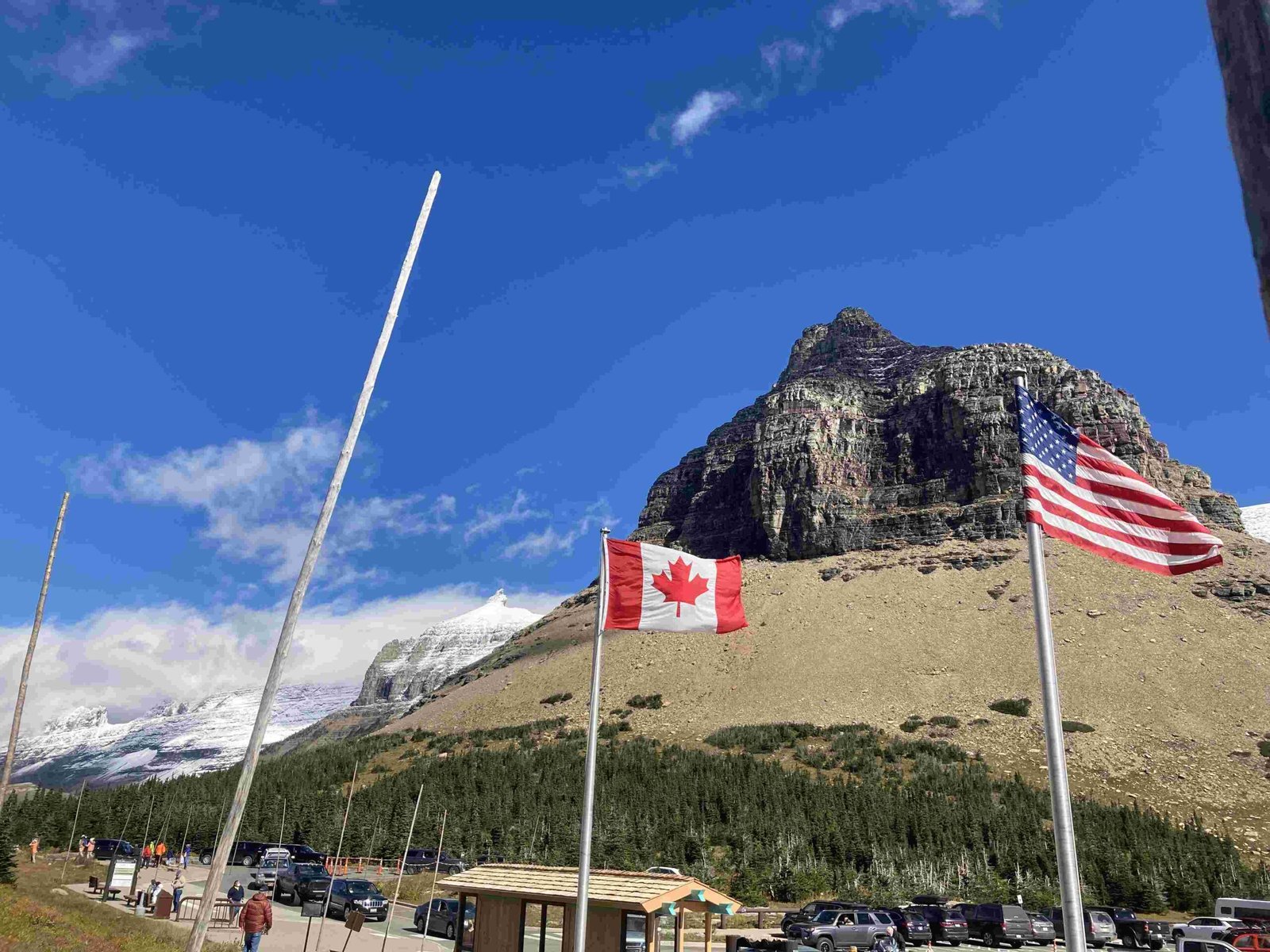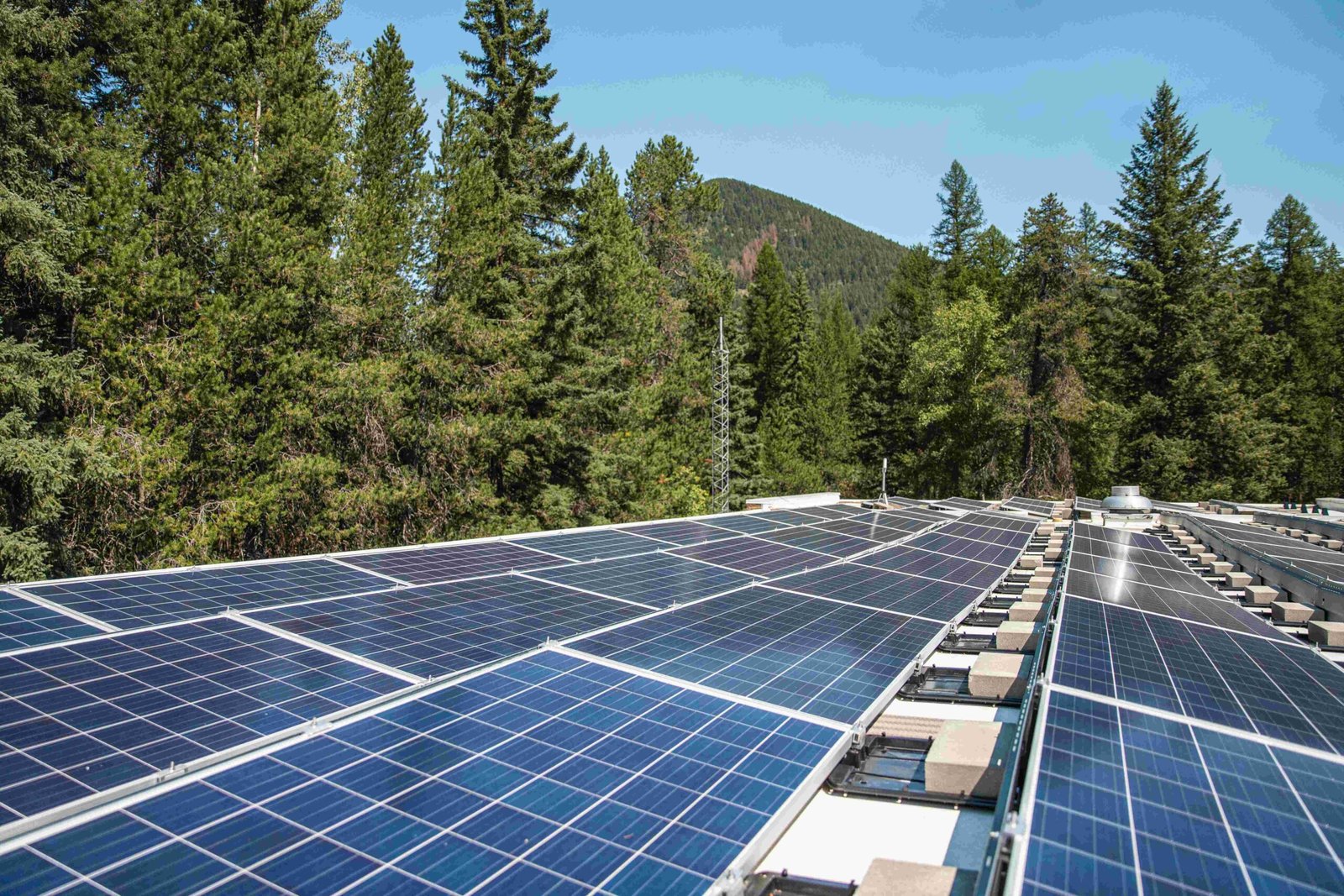Glacier National Park off season offers a unique and serene experience for adventurous visitors. From November to April, the park transforms into a snow-covered wonderland, with limited services but abundant opportunities for winter activities. During this time, visitors can enjoy snowshoeing, cross-country skiing, and wildlife viewing in a pristine, less crowded environment. However, the off season also brings challenges such as extreme weather conditions, limited access to certain areas, and reduced amenities.
What Are the Winter Weather Conditions in Glacier National Park?

Winter in Glacier National Park brings harsh conditions that visitors must be prepared for:
- Temperature: January is the coldest month, with average highs around 28°F (-2°C) and lows often in the teens or 20s (-7°C to -6°C).
- Snowfall: The park receives significant snowfall, with average accumulations reaching up to 225 inches at higher elevations.
- Hazards: Extreme cold, snowstorms, avalanche activity, and strong winds pose significant risks.
Monthly Temperature Averages
| Month | Average High | Average Low |
|---|---|---|
| December | 30°F (-1°C) | 18°F (-8°C) |
| January | 28°F (-2°C) | 16°F (-9°C) |
| February | 32°F (0°C) | 19°F (-7°C) |
| March | 41°F (5°C) | 25°F (-4°C) |
Visitors should be aware that temperatures can drop as low as -40°F (-40°C) in January and February, making proper preparation crucial for safety.
Which Hiking Trails Are Accessible During the Off Season?

During the Glacier National Park off season, most trails are inaccessible due to heavy snow and ice. However, some lower-elevation trails remain open for winter activities:
- Lake McDonald Area Trails: Accessible for snowshoeing and cross-country skiing.
- Avalanche Lake Trail: Potentially open for snowshoeing, but check conditions due to avalanche risks.
- Lower Elevation Trails: Some may be open, but expect snowy, icy, or muddy conditions.
Higher elevation trails like Highline, Grinnell Glacier, and Hidden Lake Overlook are typically closed until late spring or early summer due to snow accumulation.
What Accommodation Options Are Available in Winter?
Lodging options during the Glacier National Park off season are limited:
- Lake McDonald Lodge: While the main lodge is closed, some nearby facilities may be open for winter activities.
- Apgar Village: Basic amenities might be available, but most accommodations are closed.
Winter Accommodation Tips:
- Book in advance due to limited availability
- Check the park’s official website for up-to-date information on open facilities
- Consider nearby towns like West Glacier or Columbia Falls for additional lodging options
What Winter Activities Can Visitors Enjoy?
Despite the challenges, the Glacier National Park off season offers unique opportunities for winter enthusiasts:
- Snowshoeing: Explore snow-covered trails and enjoy the serene winter landscape.
- Cross-Country Skiing: Glide through pristine snow on designated trails.
- Wildlife Viewing: Winter is an excellent time to spot animals like elk, bighorn sheep, and even wolves.
- Photography: Capture the park’s stunning winter scenery and frozen waterfalls.
Guided Tours and Equipment Rentals
- Snowshoeing Tours: Available around Lake McDonald and other accessible areas.
- Cross-Country Skiing Tours: Guided trips on groomed or backcountry trails.
- Equipment Rentals: Snowshoes and skis can be rented from local outfitters near the park.
How Should Visitors Prepare for a Winter Trip to Glacier National Park?
Proper preparation is crucial for a safe and enjoyable visit during the Glacier National Park off season:
- Check Weather Forecasts: Stay informed about current and upcoming weather conditions.
- Pack Appropriate Gear:
- Warm, layered clothing
- Waterproof boots
- Gloves, hat, and warm socks
- Emergency supplies (first aid kit, flashlight, extra food and water)
- Inform Others of Your Plans: Always let someone know your itinerary.
- Be Avalanche Aware: Check avalanche forecasts and avoid high-risk areas.
- Carry Chains or Snow Tires: Essential for driving in winter conditions.
What Are the Benefits of Visiting During the Off Season?
While challenging, visiting Glacier National Park during the off season has several advantages:
- Fewer Crowds: Experience the park’s beauty in solitude.
- Unique Wildlife Viewing: Better chances to spot winter-active animals.
- Winter Photography: Capture stunning snow-covered landscapes.
- Reduced Rates: Some accommodations and services may offer lower prices.
- Winter Sports: Enjoy activities like snowshoeing and cross-country skiing.
Are There Any Visitor Centers Open During Winter?
During the Glacier National Park off season, visitor services are limited:
- Apgar Visitor Center: Open on weekends, offering information and basic services.
- Other Centers: Most visitor centers, including St. Mary and Logan Pass, are closed.
Visitors should check the park’s official website for the most up-to-date information on open facilities and available services.
How Does Wildlife Behavior Change in Winter?
Winter in Glacier National Park brings changes to wildlife behavior and viewing opportunities:
- Elk and Deer: Often move to lower elevations, making them more visible.
- Bighorn Sheep: Can be seen on rocky slopes and near roads.
- Mountain Goats: May descend to lower elevations in search of food.
- Wolves and Coyotes: More active and visible against the snow.
- Bears: While hibernating, occasional sightings are possible on warmer days.
Visitors should maintain a safe distance from all wildlife and never feed or approach animals.
What Road Conditions Can Visitors Expect?
Road conditions during the Glacier National Park off season can be challenging:
- Going-to-the-Sun Road: Closed to vehicles beyond Lake McDonald Lodge on the west side and St. Mary on the east side.
- Other Roads: Many secondary roads are closed or unmaintained during winter.
- Plowing: Limited to main access roads; expect snow and ice even on open roads.
Winter Driving Tips:
- Carry chains or use snow tires
- Drive slowly and cautiously
- Be prepared for sudden weather changes
- Check road status before traveling
How Can Visitors Stay Safe During Winter Activities?
Safety is paramount when visiting Glacier National Park during the off season:
- Stay Informed: Check weather forecasts and park alerts regularly.
- Be Prepared: Carry essential gear, including navigation tools and emergency supplies.
- Know Your Limits: Choose activities appropriate for your skill level and physical condition.
- Avalanche Awareness: Take an avalanche safety course if planning backcountry activities.
- Travel in Groups: Whenever possible, explore with a companion or group.
- Leave No Trace: Follow winter-specific Leave No Trace principles to protect the park.
By following these guidelines and respecting the park’s winter conditions, visitors can safely enjoy the unique beauty and tranquility of Glacier National Park during its off season.